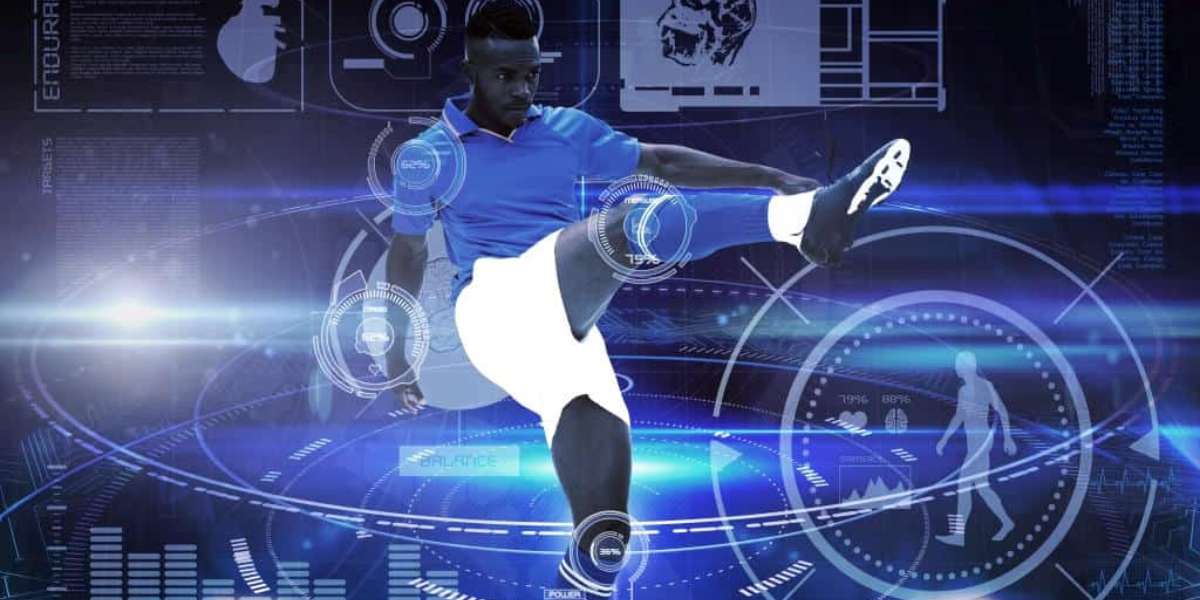It’s no secret that technology is advancing every day, and soccer is just one sport where this has happened. Due to fan demand, some soccer leagues have chosen to use only some types of technology.
However, the ones that decided to use these technologies have made better leaps to the future. For instance, making Europa League predictions have become easier thanks to various technologies.
We are in the process of seeing how far technology can take us as we look for ways to become better. And soccer is one of the big propellers of technology. It shows how exciting the sport can get with the right tools. If you’re one of those bettors that make Europa League predictions today, you can tell that it makes more sense with technology.
Hawkeye Systems
The version of the Hawkeye system used in soccer works very well, but it has also been used in tennis and cricket for many years. This setup uses three cameras mounted on the goal line, each recording the action at 600 fps.
This makes it easier for on-ice officials to determine if the ball has crossed the line. In a split second, the referee hears a sound when the ball crosses the line. This system improves the analysis of games, making it easy to make Europa League picks.

Goal Line Technology
Goal-line technology is an essential game element in determining if a goal is legal. A goal cannot be maintained unless the ball has crossed the goal line. This technique checks this. There are many types of goal line techniques, all of which should be 100% accurate, instantaneous, applicable only to goal line situations, and communicated only to match officials.
Smart Ball System
Sensors are suspended on the ball as part of the intelligent ball system, a promising technology. This technology, combined with various receivers placed throughout the pitch, tracks the ball with extreme precision. The referee is wearing a smartwatch receiver that displays information when the ball crosses the goal line and accurately notifies match officials.
Magic Foam
The referee uses the vanishing form to ensure that the walls of the opposing team are where they should be and that the players are grabbing the reference from the correct place. This also inevitably caused the player to progress into the past gradually. It is a mix of water and butane 80/20 with a small amount of surfactant to create a foam.
As soon as the foam is removed from the container, it begins to expand due to the change in pressure. The marks are completely gone within a minute as the foam evaporates, leaving only water on the floor. After trial operation at FIFA U-20 World Cup 2013 and FIFA U-17 World Cup 2013, it was adopted for the first time at the 2014 World Cup.
VAR – Video Assistant Referee
VAR is used to study decisions related to penalties, red cards, goal decisions, misidentifications in awarding cards, and other difficult decisions in modern football. Match referees can make well-informed decisions thanks to her VAR analysis of high-quality replays of real-life incidents.
VAR has been used in football since the 2018 World Cup, and this competition showed its advantages. This also helps determine if a player is diving and if a penalty is warranted. This ongoing issue does not appear to have a definitive fix to date.
However, VAR seems to be taking hold, and I think it’s been great so far. Many critics and players have attacked VAR for destroying the speed and purity of the game.
Goal Ref System
A Danish company first developed GoalRef under contract with Select Sport, who then submitted the technology to the International Handball Federation for review. In 2011, Fraunhofer joined the original inventor as GoalRef’s leading partner and participated in the first tests of the IFAB’s system carried out by EMPA.
GoalRef and Hawk-Eye were the only systems to pass the EMPA Level 2 test. This included lab and field tests, training trials, and real pro games. During this period, GoalRef was tried in the Danish Superliga.
After the second testing phase, on July 5, 2012, the IFAB approved both GoalRef and Hawk-Eye in principle, allowing them to be used in professional games according to the new game rules.
However, each piece of equipment must also be licensed for 12 months before being used in that stadium. The first competition where the referee used the GoalRef and Hawk-Eye was the 2012 FIFA Club World Cup. GoalRef made its debut in the opening match of the FIFA Club World Cup 2012 on December 6, 2012.

